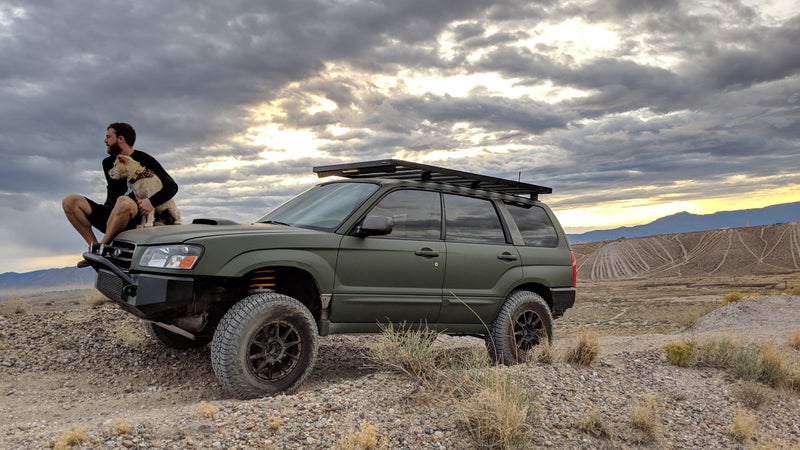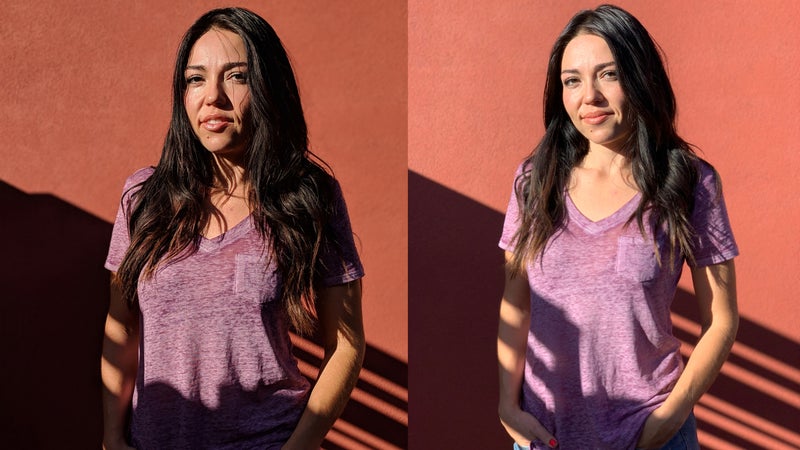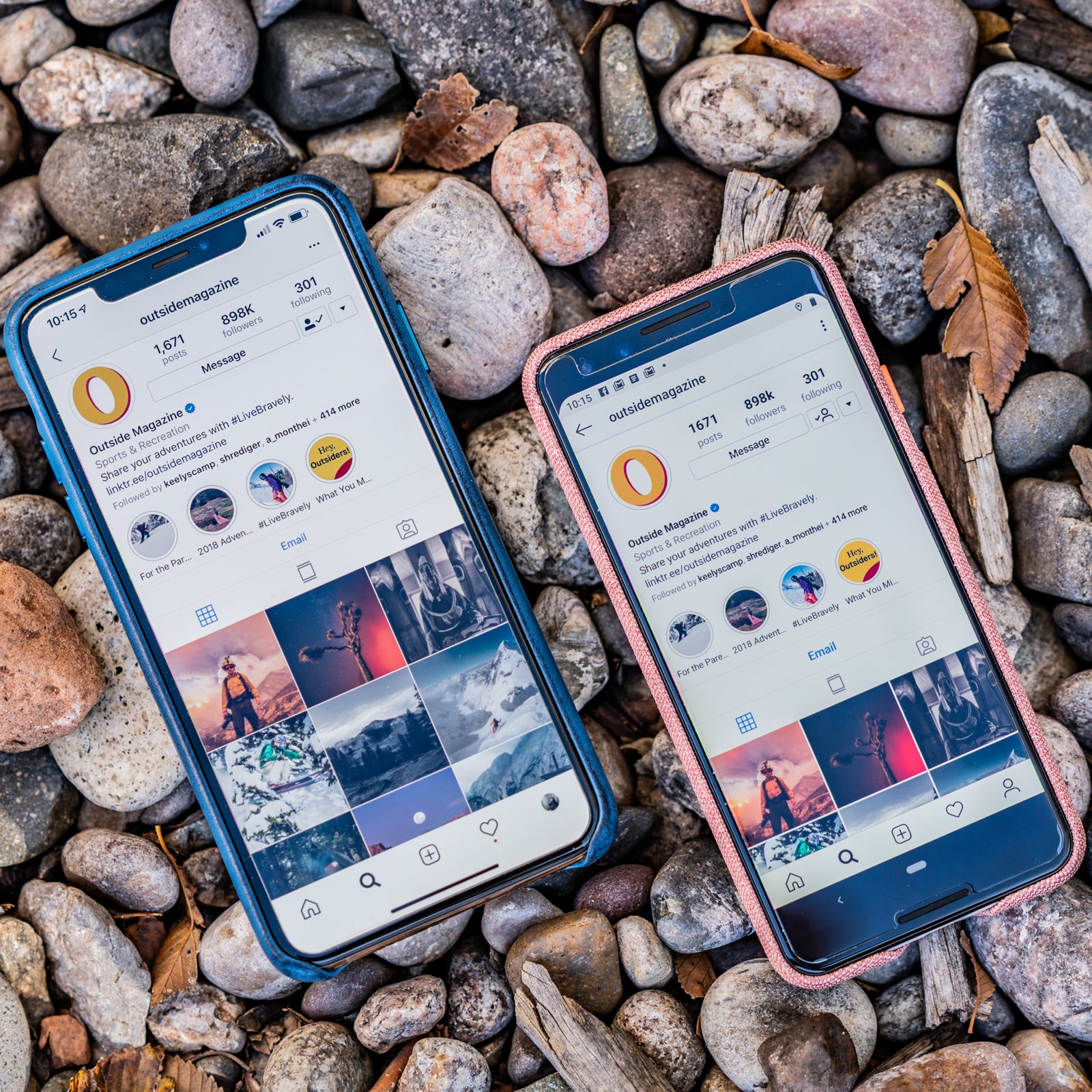Every fall, Google and Apple battle it out for smartphone supremacy by releasing their newest models. Each time this happens, we as consumers are treated to increasingly better cameras tucked into these pocket-sized supercomputers. They’re so good, in fact, that they’ve essentially killed the point-and-shoot model and are now responsible for the taken around the world.
But in a head-to-head comparison, which company makes the better camera? We’ve been testing both the iPhone XS Max and the Pixel 3 for a few months, and, well, each one has its strengths.
Initial Photo Appearance

Winner: Pixel 3
Most professional photographers never publish a photo straight from their camera. Instead, they process the photo using software like Lightroom to make it look better. Google and Apple know that some people will adjust their photos in Instagram, but the majority just want a great-looking photo straight from the camera.
Here, Google wins. The Pixel’s colors tend to be richer, the overall picture quality sharper, and the “wow” factor more immediate when you compare results from the wide-angle lens on the back of each phone. Google’s software makes the photo pop off the screen, so at first glance, it really catches your eye. Hardware-wise, both phones are very similar. The iPhone XS Max has a 12-megapixel sensor and a wide-angle lens with an f1.8 maximum aperture. The Pixel 3 has a 12.2-megapixel sensor, and its wide-angle lens also has an f1.8 maximum aperture. The difference in picture appearance therefore comes from the software that each phone uses to process the photos.
HDR

Winner: iPhone XS Max
You’ve seen this acronym everywhere: HDR means high-dynamic range. When it’s on, your smartphone camera snaps several photos sequentially and automatically combines them into a single photo every time you press the shutter. Why go to the trouble? Because a few of the photos are exposed for highlights, a couple for shadows, and at least one or two are right in the middle. When combined, the resulting composite photo has more dynamic range (meaning it captures both highlights and shadow details better) than a single photo ever could. Simply put, HDR images are prettier.
Back in the day, HRD looked fake. You could tell the images were composites because they were a little too perfect and didn’t look like real life. Today, however, both Google and Apple have gotten better at the technology, so their photos have great dynamic range but don’t look manipulated. If I had to choose, I’d say Apple’s technology is better at capturing a wider range of shadows and highlights and finding the best way to combine them. This is due to the new, larger sensor inside the iPhone XS (30 percent larger than the one in the iPhone X) working in conjunction with larger and deeper pixels that can gather up to 50 percent more light.
Portrait Mode

Winner: iPhone XS Max
Portrait mode is a setting on both phones where the phone blurs out the background of a photo, creating a bokeh (or shallow depth of field) effect that emphasizes the subject. It’s the same effect you’d get if you used a fast lens on a full-frame DSLR or mirrorless camera with a large aperture opening, such as f2.0 or f1.4.
The iPhone XS Max uses both its wide-angle and telephoto lens to create this effect and then finishes it with the help of smart software that blurs each layer of the photo to different degrees. The Pixel 3 uses a solitary wide-angle lens and then relies more heavily on software to nail the blur. Both phones allow you to change how much blur you want after you’ve taken the photo. You can completely blur out the background, bring the background mostly into focus, or land somewhere in the middle.
Both cameras do a great job of blurring the background on most shots, but I preferred the iPhone over the Pixel because the portraits coming out of the Pixel often looked too processed by the phone’s algorithm. The subject was oversharpened and looked fake. The subject in the iPhone portraits looked natural, and the background blurring integrated more seamlessly.
Pro-Level Features
Winner: Pixel 3
If you know how to use a mirrorless or DSLR camera, you’ll appreciate two pro-level features built into the Pixel 3. First, it lets you shoot RAW images through the phone’s camera app. (You can do this on an iPhone, but you have to use a third-party app.) RAW files are useful because they aren’t compressed, like JPEGs, so you get more data and can make more adjustments to the photo (brightness, contrast, etc.) without ruining the quality. If you wanted to print a smartphone photo, you would want to shoot in RAW, because all that extra data will ensure a higher-resolution print.
Second, the Pixel 3 has a feature called Motion Auto Focus that helps you capture action. Say you’re trying to get a good photo of your dog running through the yard. Just tap your dog on the screen, and a white circle will appear over your dog as it runs around, indicating that the focus is locked on even though your dog is moving. (Sony mirrorless cameras call this feature Lock-On AF.) It won’t help you take photos that will grace the cover of Sports Illustrated, but you will get better action shots of everyday moments and adventures.
Zoom Capabilities
Winner: iPhone XS Max
Apple calls the second lens on the back of its iPhone XS cameras a telephoto lens. That’s a bit of a misnomer. In fact, the lens is the equivalent of a 52-millimeter lens, which is about what the human eye sees normally. Typical telephoto zoom lengths are somewhere around 85 millimeters and above.
That said, I’m glad Apple includes that second lens, because it makes a big difference when shooting portraits. The lens helps create the blur in portrait mode and makes your portrait subject appear more true to life. Wide-angle lenses, like the one the Pixel 3 uses to shoot portraits, tend to warp your subject if you hold the lens too close to their face.
Of course, you can zoom in on the Pixel 3, but you’re digitally instead of optically zooming, and optical zooming has historically created better photos. Digital zooms just crop in and affect the overall resolution, whereas optical zooms actually magnify the subject and don’t affect resolution.
This year, Google introduced something called Super Res Zoom, which is software that helps the camera retain detail when you digitally zoom. It worked fine in testing, but it wasn’t as good as the iPhone’s second telephoto lens. However, I’m excited to see where Google might take that feature down the road, and I wonder if digital zooming will eventually catch up to its optical competition.
The Verdict
Overall, the differences between the two phones are relatively minor. Both shoot fantastic photos, and both fit in your pocket. They’re great for everyday adventures, and each have their strengths.
Will they replace a mirrorless or DSLR camera? Absolutely not. Neither has the same kind of resolution, low-light chops, or lens selection that you’ll find with nearly any high-end camera that Sony or Nikon makes.
Our suggestion: You’ll want to choose based on what you value most. The Pixel 3 comes with some other neat features, like access to Google Photos, where you can store all your full-res photos for free, and a wide-angle front selfie camera that captures great group shots. The iPhone XS and XS Max, however, are part of the larger Apple ecosystem and a joy to use if you’re also on an iMac or MacBook Pro. Many will also argue that iOS is a superior operating system.
Whatever you choose, I’ll leave you with one sage piece of advice from an old photo mentor of mine: “Let’s stop talking already and go shoot some photos.”


